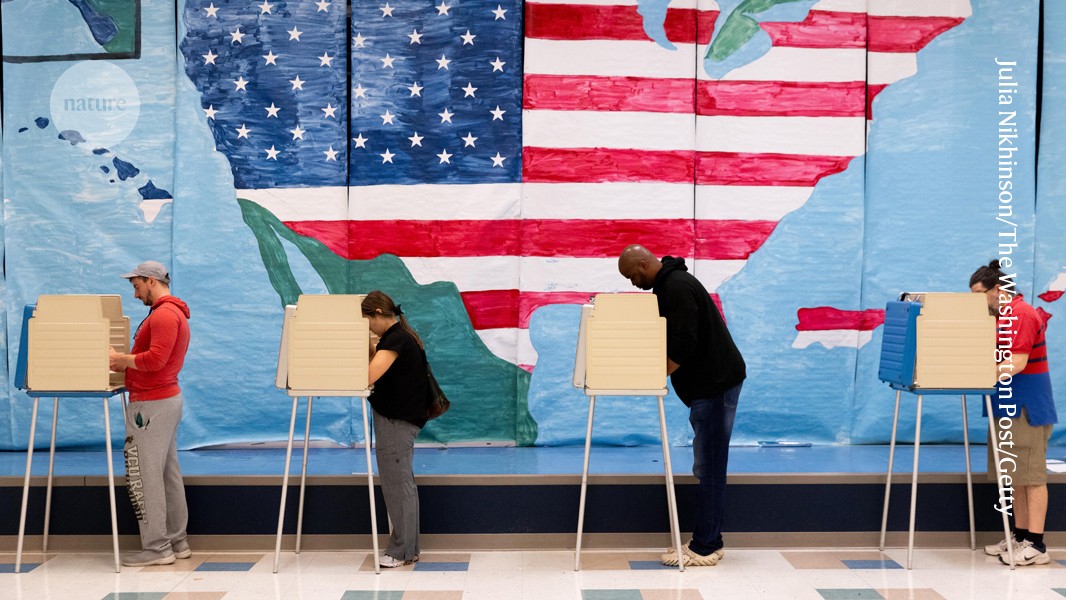- cross-posted to:
- fairvote@lemmy.ca
- cross-posted to:
- fairvote@lemmy.ca
cross-posted from: https://lemmy.ca/post/31925477
For Drutman, US efforts to incorporate ranked-choice voting can have only a limited effect, and don’t necessarily change the core problem of politics in the country, as he sees it. The system still pushes towards two dominant parties, and avoids proportional representation at the district or state levels. In his view, the goal should be more parties, focused on giving more voters a voice and on building cross-party coalitions, instead of experiments with ranked-choice voting to elect particular candidates. But he does see a positive note from these experiments: “There’s definitely interest in electoral reform.”



You can also lower the number of constituents each congressman represents
Denmark has one representative for every roughly 33,400 of its citizens. The United States, in contrast, has one representative for every approximately 626,000 of its citizens. For the United States to have a similar representation ratio to Denmark, the US Congress would need to be expanded from 535 (voting) representatives to over 10,000 representatives.
However, it is important to point out that the US is a federation, and that most US citizens also have state representation. The state representation, though, is separate from federal representation, as each state is a semi autonomous jurisdiction.